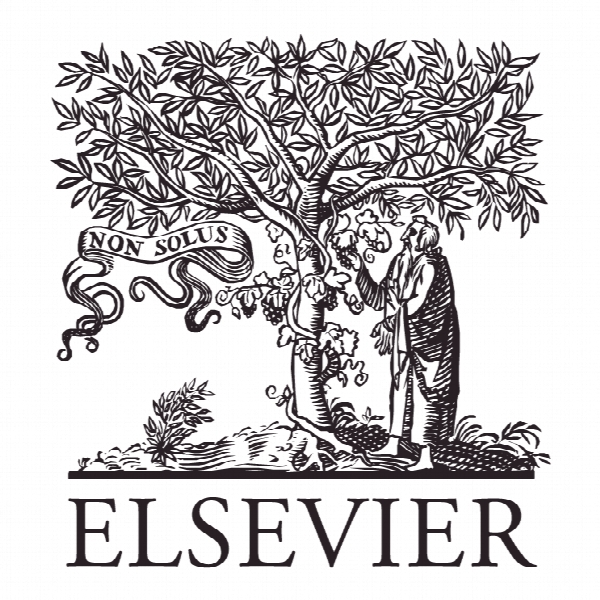درک انگیزه مصرف کننده برای تعامل با وب سایت های تجاری در بازار بین المللی: شواهد از سوی ایالات متحده، چین و کره جنوبی Understanding consumer motivations to interact on brand websites in the international marketplace: Evidence from the U.S., China, and South Korea
- نوع فایل : کتاب
- زبان : انگلیسی
- ناشر : Elsevier
- چاپ و سال / کشور: 2017
توضیحات
رشته های مرتبط مدیریت و مهندسی کامپیوتر
مجله تحقیقات بازاریابی – Journal of Business Research
دانشگاه کالج تجاری شیدلر، هاوایی، ایالات متحده
نشریه نشریه الزویر
مجله تحقیقات بازاریابی – Journal of Business Research
دانشگاه کالج تجاری شیدلر، هاوایی، ایالات متحده
نشریه نشریه الزویر
Description
1. Introduction As Puligadda, Ross, and Grewal (2012, pp. 115) note, “The intriguing possibility that consumers differ inherently in the way they interact with brands has received scant attention.” At the same time, consumer interactions with firms that result in shared brand meanings and uses have the potential to enhance brand value (Prahalad & Ramaswamy, 2004). Such brand–consumer encounters increasingly occur on corporate and social media brand websites that enhance firms’ abilities to “foster relationships and interact with consumers” (De Vries, Gensler & Leeflang, 2012, pp. 83). Consequentially, many companies are harnessing the power of co-creation through development of online communities that build connections between brand users and management (Wu & Fang, 2010). Recent research suggests simply increasing interactions between firms and consumers in online or offline brand communities can lead to null or even negative outcomes (Algesheimer, Dholakia & Herrmann, 2005; Homburg, Ehm & Artz, 2015). However, given growing use of the Internet for both brand information and expression of brand opinions (Dellarocas, Zhang & Awad, 2007; De Vries et al., 2012), proactive management of online interactions is increasingly important to firms’ long-term successes. (Asmussen, Harridge-March, Occhiocupo & Farquhar, 2013). Central to successful management of such interactions is an understanding of factors motivating consumers to act as brand development partners, rather than passive recipients of company offers (Kucuk & Krishnamurthy, 2007), In line with this objective, researchers have identified individual difference antecedents associated with higher levels of consumer participation in online communities and brand websites. For example, Teichmann, Stokburger-Sauer, Plank, and Strobl (2015) report that higher valuation of opinion leadership, self-presentation, enjoyment, and altruism is associated with higher participation in three Austrian online communities. Pentina, Gammoh, Zhang, and Mallin (2013a) find that U.S. and Ukrainian consumers, who more deeply assimilate brands as reflections of their self-concepts, have stronger intentions to engage with brands on Twitter and Facebook. Kelley and Alden (forthcoming) conclude that individual differences in brand website interaction levels are influenced by a network of antecedents and mediators such as susceptibility to normative influence (SNI; Bearden, Netemeyer & Teel, 1989), brand self-concept linkages (Sprott, Czellar & Spangenberg, 2009), purposive motives (Dholakia, Bagozzi & Pearo, 2004), and opinion leadership (Huffaker, 2010).


